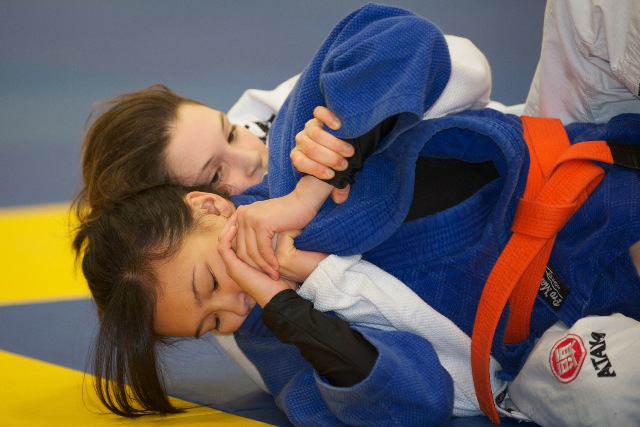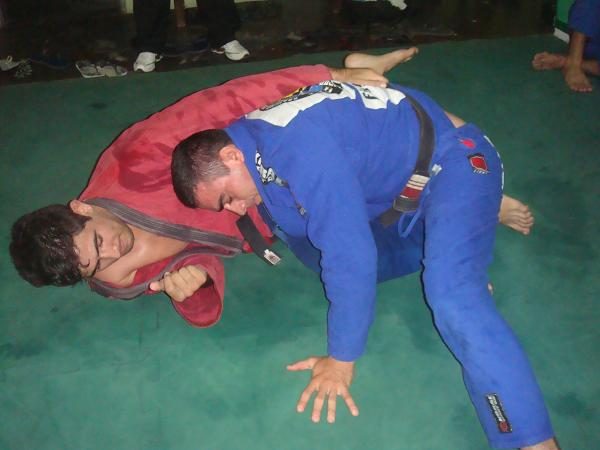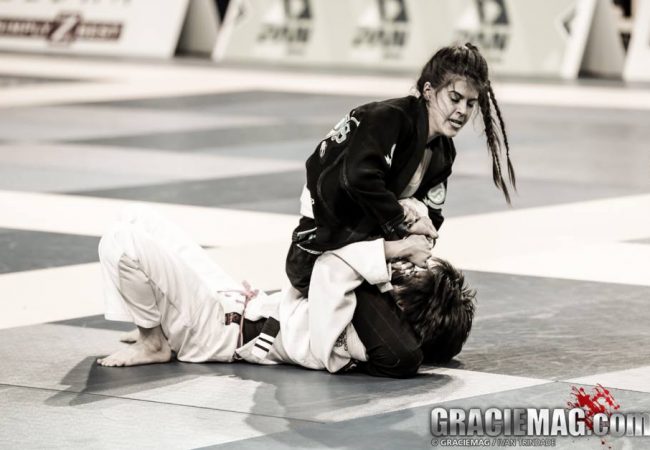
The first rule change has to do with belt promotions for kids. In the photo, the IBJJF's Pan Kids, taken by John Lamonica.
A sign Jiu-Jitsu culture is also a process that changes and evolves with time, the IBJJF contemplated and decided to implement some changes to its rules, regulations and systems; criteria that in some instances have been around for 40 years but that now require some adjustment.
That’s the case with the system for kids’ belt promotion. To motivate and reward the young ones, different schools devised their own methods that albeit creative, for being so varied, the system become somewhat chaotic from academy to acadmy.
So the IBJJF stepped in and, on January 1, 2012, the new belt system for the little ones enters into effect.
Starting next year, kids who start training at four years of age will only be promoted once they turn seven.
However, so as to not demotivate the young ones and to to prevent a technical discrepancy between beginners and those more experienced, the Federation’s new system suggests a division be added to each already existing belt color.
Hence, each belt color will be divided into three “subcolors,” so to speak.
The grey belt, for example, shall now be extended to young people from 4 to 15 years of age.
With the new belt colors teachers will be able to promote their students every year. For example, the IBJJF recommends a kid who starts training at four stay at white belt for six months before being promoted to grey-white belt. Another six months, another promotion: solid grey belt.
After a year at grey belt the practitioner becomes a grey-black belt. At seven years of age, depending on how long they’ve been training, of course, they can be promoted to yellow belt.
At ten years of age, young practitioners who started training at six years of age at the latest will be promotable to green belt.
At tournaments, young athletes will be sorted by sold colors: white, grey, yellow, orange, green.
For a more thorough description of the new belt-promotion system, click here.
Antidoping and blue gi
Changes to the promotion system are just part of the greater changes to the rules, which will be released soon and only be implemented in 2012. One of them, according to a source close to the IBJJF, is a measure meant to make life easier on the referees, which is to require competitors bring two gis – one white and one blue – to competitions, with each of the two competitors in a contest wearing different colors to make them more easily distinguishable to referees. According to recent studies in Europe, this simple measure spares the referees’ eye sight and reduces refereeing mistakes by 20% in martial arts competitions.
Another subject on the docket is the question of antidoping. A source close to the IBJJF broke the news to GRACIEMAG.com that the request of the broader public and many readers, through comments here on the website, will become reality.
An expert in antidoping measures has already been consulted, and efforts should move forward next year. “Testing for banned substances doesn’t boil down to just testing and penalizing, it’s a process of educating the athletes. We need to define what is banned, and we’ve already started touching on that,” said the source, without specifying a deadline. But one can already start dreaming of a 2012 Worlds free of doping.
Check back with GRACIEMAG.com later for more on the new rules and Jiu-Jitsu championships.




